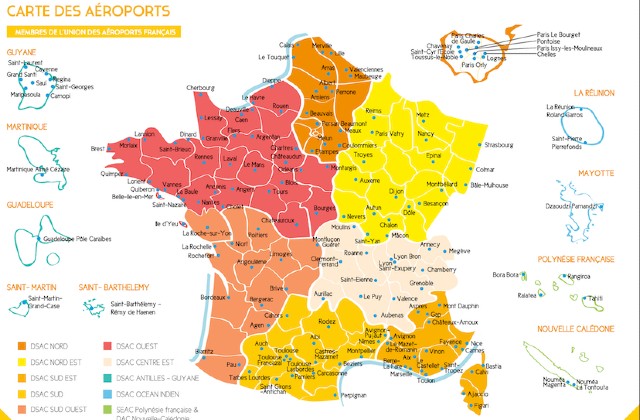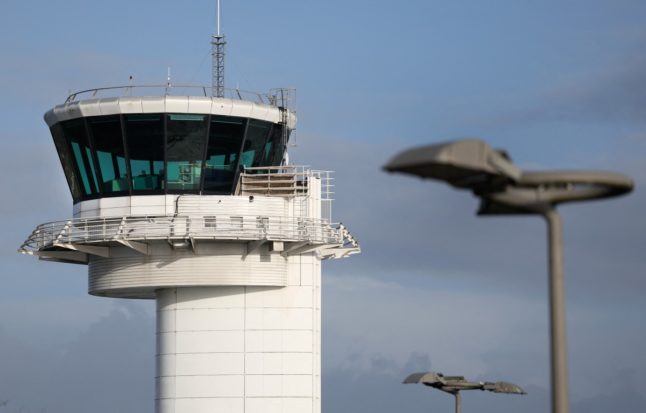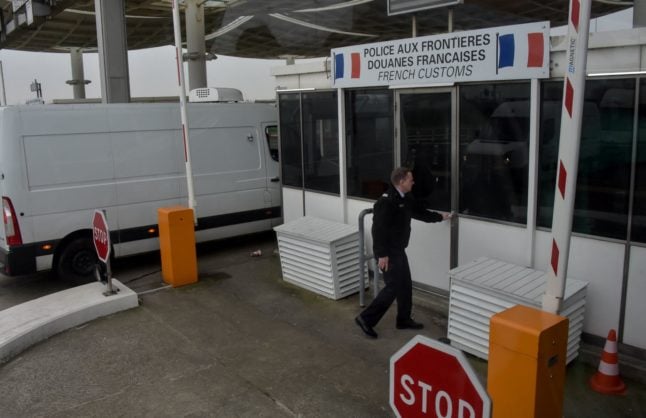France last year welcomed 199 million airline passengers – bringing the country numbers back to almost pre-pandemic levels.
But it was only a handful of French airports that took in the vast majority of those millions – with Paris’ Roissy-Charles de Gaulle (CDG) and Orly airports responsible for more than half of the air traffic.
France’s Cour de Comptes counted 73 mainland commercial airports in their 2023 review of the airline sector – but only 15 of those actually break even, the rest rely on subsidies.
Some of these airports are exceedingly small, like Troyes which had just 1,562 passengers in 2023. Others, like Rodez with 31,577 passengers and Castres with 36,454 got a bit more.

Limoges was larger, with 264,426 passengers in 2023, but it still paled in comparison to the 10.8 million that passed through the Marseille airport.
The cost of small-to-medium sized airports
The former head of the Air Transport Institute, Jacques Pavaux, authored a 2019 study on public aid to airports, finding that those with less than one million passengers per year are not profitable.
As for the others, most have been loss-making for years, unable to continue services without significant aid from the state.
“Their chronic deficit has been filled by recurring operating subsidies granted over decades of existence. Almost half of them have never had, and will never have, any chance of reaching the traffic threshold guaranteeing financial balance,” Pavaux wrote.
The study found that state and local authorities spend around €90 million every year to help keep the small-to-medium sized airports afloat.
Of the 73 airports listed in the Cour de Comptes report, a little over half (38) counted fewer than 700,000 passengers a year.
The Cour de Comptes called these “the most economically fragile”, noting that they depend on aid from local authorities to balance operations and carry out the necessary investments.
On top of that, many do not have negotiation options and find themselves competing with neighbouring airports, leaving them forced to take on contracts with low-cost airlines.
As of 2021, low-cost air traffic represented more than 90 percent of commercial traffic for airports in Dôle, Vatry, Limoges, Bergerac, Nîmes, while it constituted all of the traffic at the Carcassonne, Tours and Béziers airports.
Over-density of airports
Some areas stand out for having a particularly high volume of commercial passenger airports, like Occitanie along the Mediterranean coast in southern France, which is home to nine.
The Cour de Comptes report found that in Occitanie 71.5 percent of regional airport traffic occurred at the Toulouse airport, followed by Montpellier with 14.4 percent.
The other seven – Carcassonne, Tarbes, Perpignan, Nîmes, Béziers, Rodez and Castres – combined provided the remaining 14 percent of traffic.
Valérie Renet, the head of the Occitanie Regional Chamber of Accounts, told France 3 that it is this ‘over-density’ that leads to financial losses, as “operating deficits are covered by public subsidies, that is to say that taxpayers’ money is used to balance the operation of these airports, usually for the benefit of low-cost companies.”
Last year, the airport of Bézers, which is “totally dependent on Ryanair”, received €5.1 million in public money to reach equilibrium, which equates to about €20.69 paid out per passenger, France Bleu reported.
As for Ryanair, the company benefits from over €30 million in public subsidies – or €16 per passenger – from regional airports in Occitanie alone.
The picture is similar in Brittany, which is home to eight airports, though over 80 percent of traffic is concentrated in Brest, which has a little over one million passengers a year (as of 2018).
The future for small-to-medium sized airports
Building new airports has already become controversial – a proposal for a new airport at Notre-Dame-des-Landes near the city of Nantes was the subject of huge protests for years until in 2018 the project was officially abandoned.
But that doesn’t mean that the loss-making existing airports are under threat.
In terms of what to do with the loss-making airports, Renet focused on the situation in Occitanie. She told France 3 that she was “not advocating for getting rid of the airports. They serve other needs specific to the region, not just commercial flights.”
For example, the Nîmes airport is a national hub for air rescue and civil protection operations, meanwhile ‘pelicandromes’ which are used to fight forest fires, are installed at the Béziers, Carcassone and Perpignan airports.
Instead, Renet and the Cours de Comptes advocated for streamlining the management of airports to a regional, rather than local level. This would help to avoid overlapping flights – like a Pau-Paris and a Tarbes-Paris that take off around the same time.
The situation may also change in 2027, when the European Commission is due to examine public aid given to airports and whether large subsidies given to airports constitutes unfair competition.
There are also climate concerns, as France moves to invest more train transport to reduce carbon emissions. In 2021, the country passed a law banning domestic air links of less than two hours and 30 minutes when an alternative train option exists.
However, this law has so far only banned three routes: Orly-Bordeaux, Orly-Lyon, and Orly-Nantes.



 Please whitelist us to continue reading.
Please whitelist us to continue reading.
Member comments